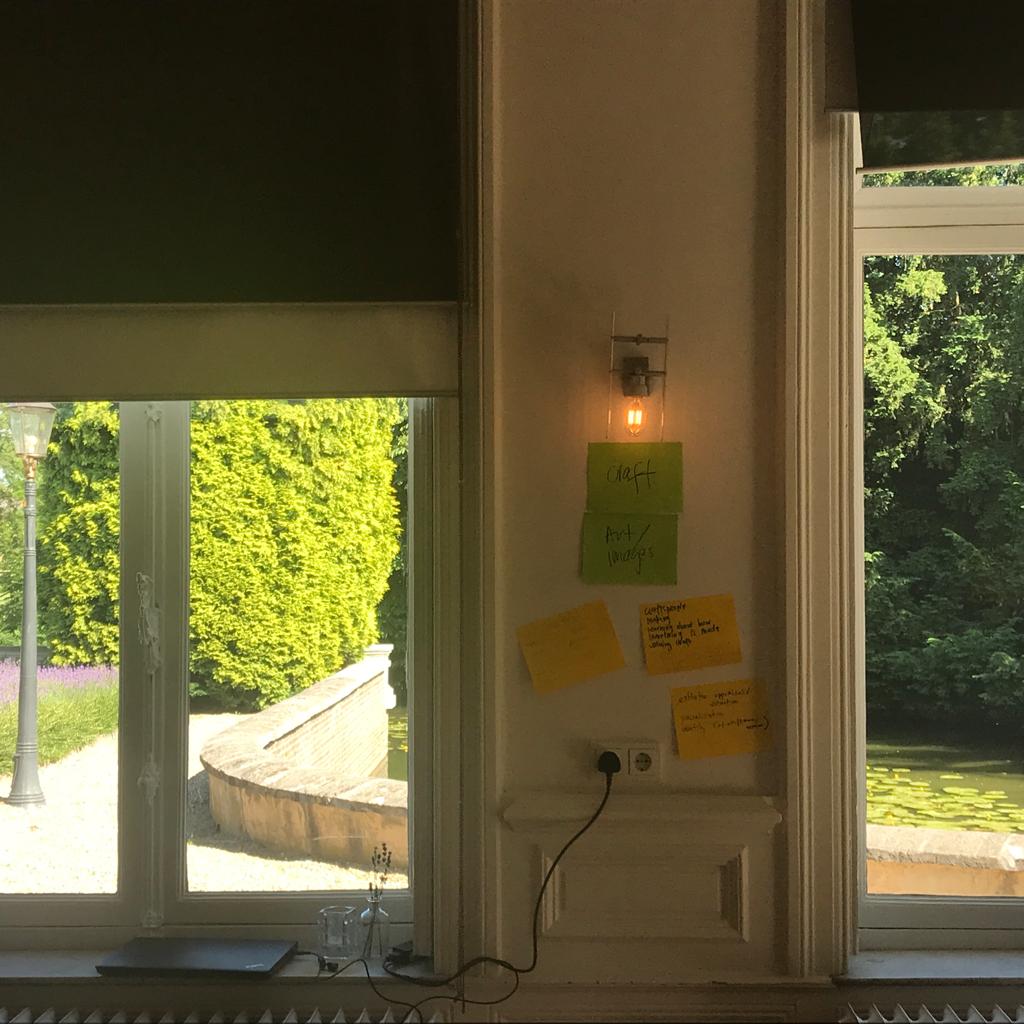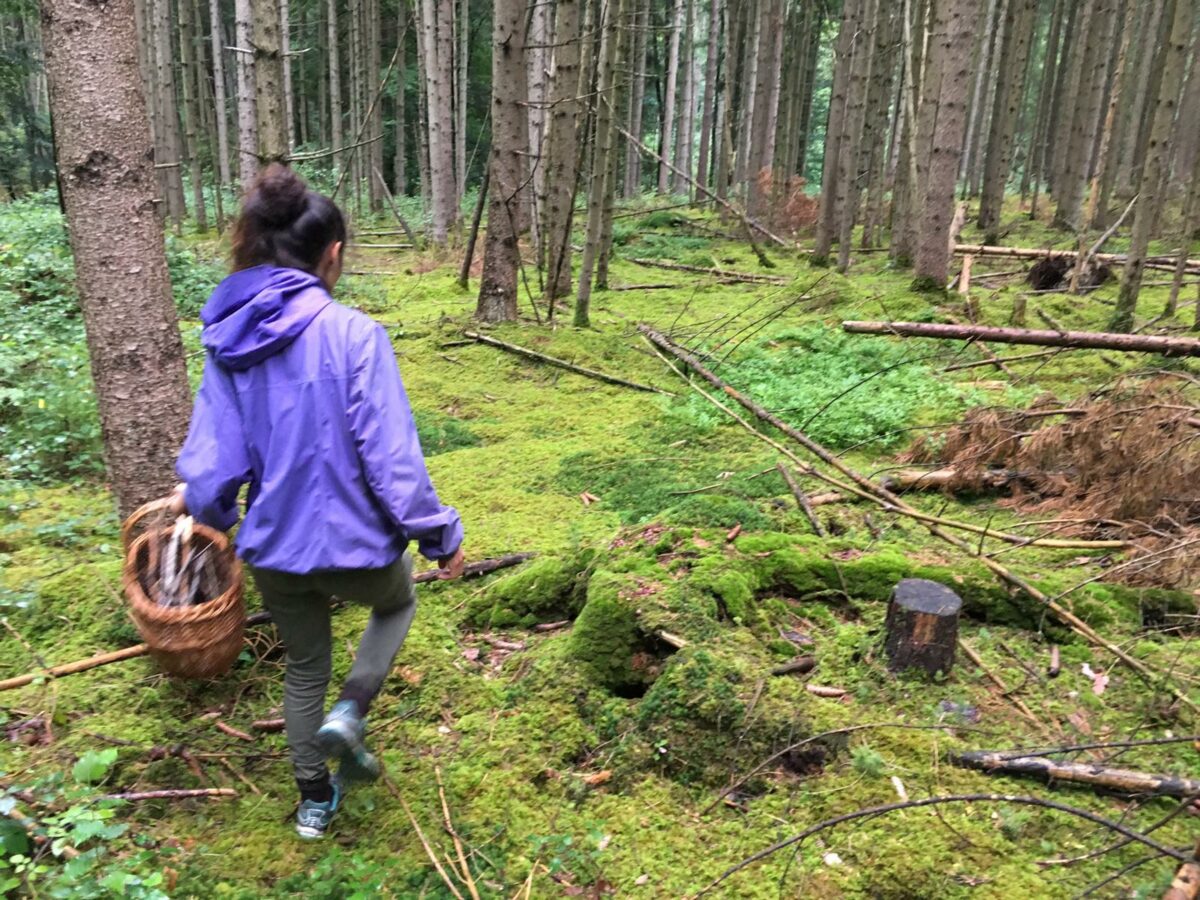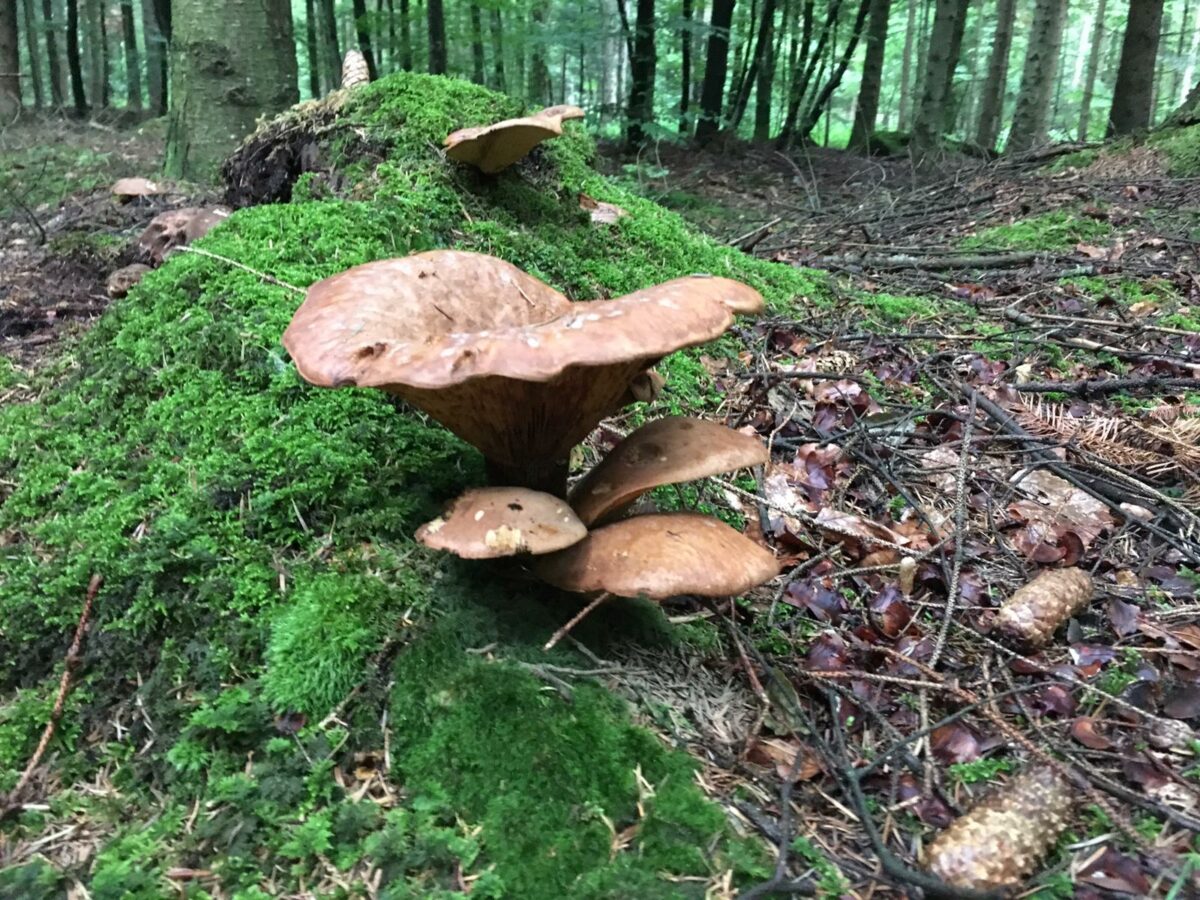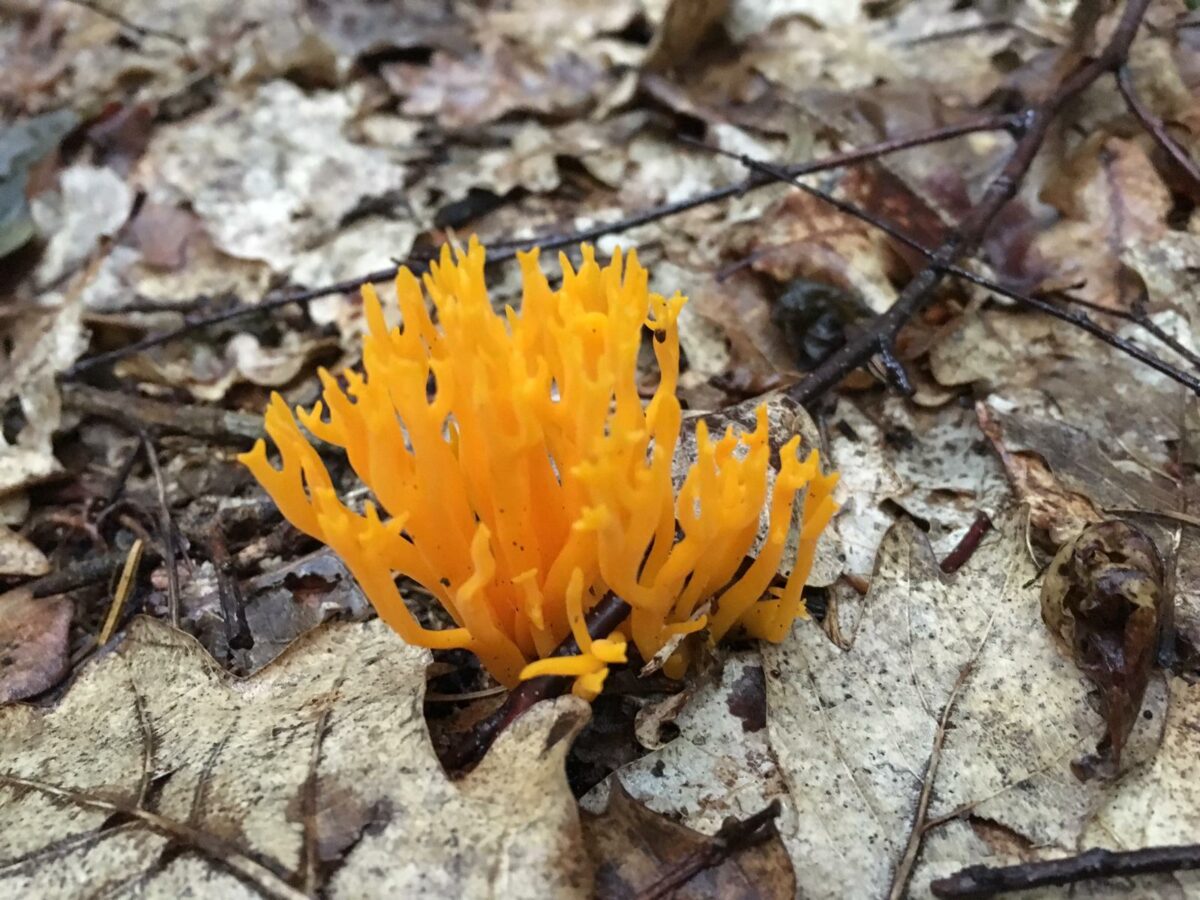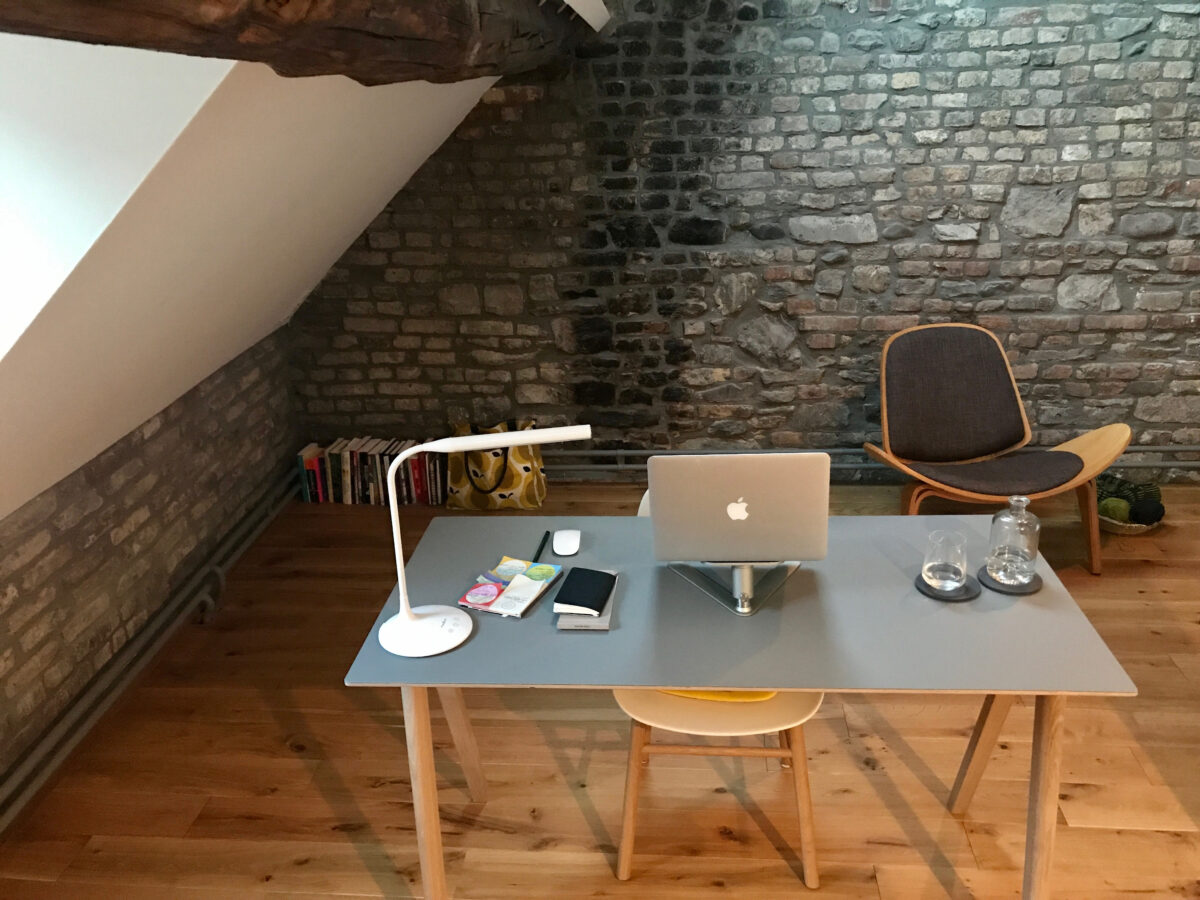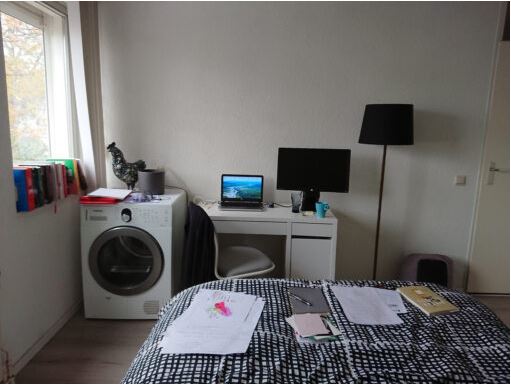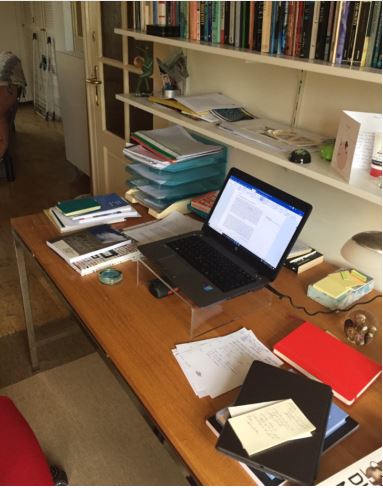Germs, phosphorescence and solastalgia
28/04/21
Since November 2020, Anna has been a regular columnist for the Maastricht University newspaper, The Observant. Her columns address very different topics, which however all have in common a fascination for small and big wonders that she comes across in her natural surroundings.
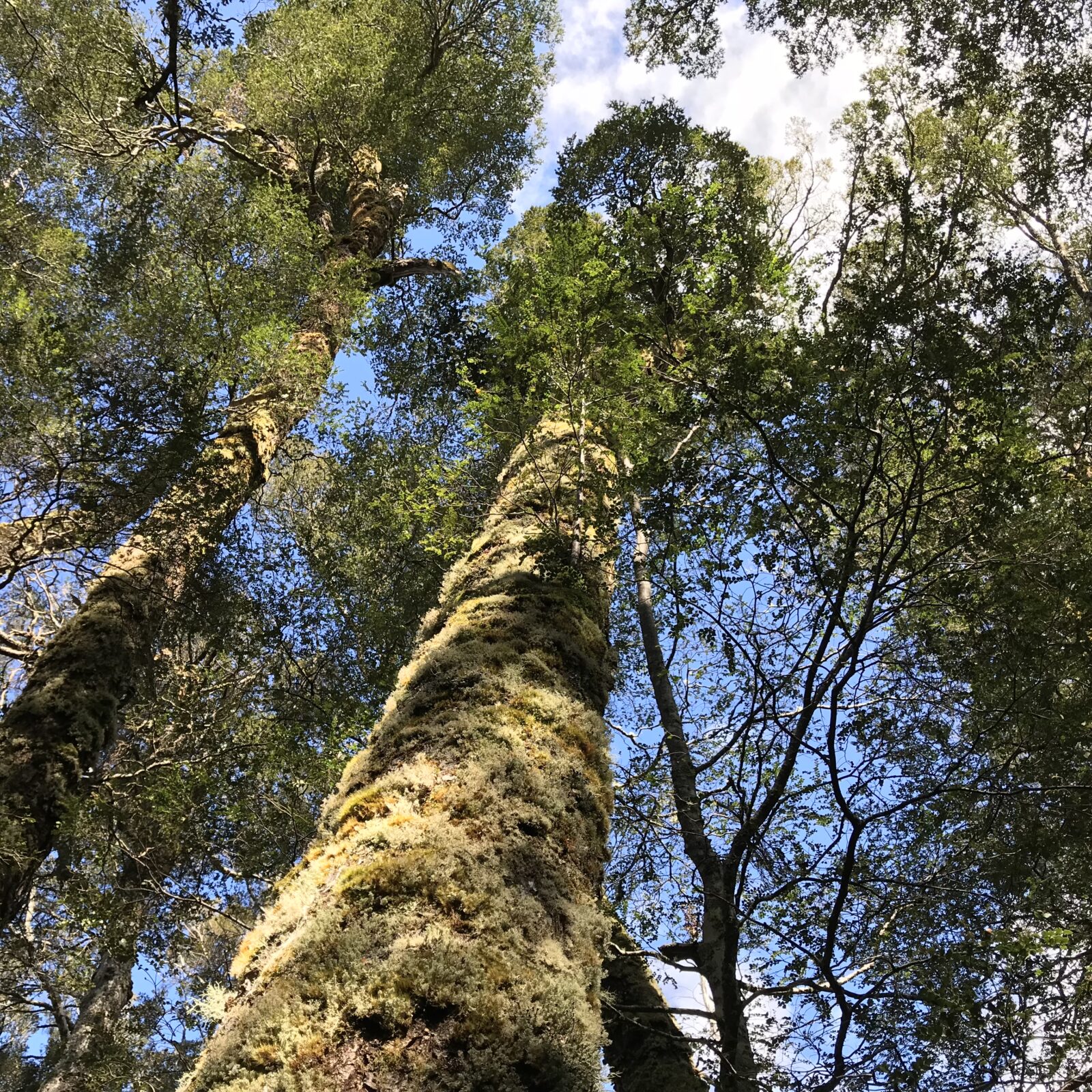
In her first column, Anna shares her thoughts and feelings about germs, not only during a world pandemic but also before it. As she explains, she has been rather careful to not get in touch with all kinds of germs, for example, by opening doors with her elbow or sleeves. Being trained as a doctor, she probably knows very well of the huge amount of germs that are swarming on often-touched public things such as handles. Yet, the pandemic and the related regulations also make her think of the ‘nice germs’, that are an integral part of our bodies and environments. Anna wonders how the regulations against corona do not only restrict the circulation of ‘bad germs’, but also limit the journeys of ‘good germs’. These thoughts remind her of her sourdough starter at home. To the human perception the sourdough starter looks like a grey gooey thing that smells acidic, but on a molecular level is a complex system of interrelated lactic acid bacteria and yeast. With her story, Anna playfully points at the ambiguity of protecting us against germs, but at the same time (often unconsciously) relying on them and their impressive skills, which make it, for example, possible for us to enjoy a good bread.
Anna dedicates her second column to a special kind of light, phosphorescent light. Her reflections shared in this column are not only embedded in her experiences during the pandemic but also in the late autumn of the Netherlands – cold rain, early nightfall, and long darkness. The short daylight in these times does not change the working schedule, which often means working behind the computer screen while it is still or already dark outside. What lightens up her day in these times is phosphorescent light, absorbed light that is remitted and shines in an afterglow. This kind of energy storage and emission makes children’s star stickers shine on the ceiling, even when the light is turned off. Yet, it also helps us humans to shine, even in difficult times. Being inspired by Julia Baird’s book Phosphorescence: On Awe, Wonder And Things That Sustain You When The World Goes Dark, Anna explains how this quality of previous experiences evoking an inner glow can help us to go through difficult times. Thus, phosphorescence represents a glimmer of light – be it a child’s room at night or a dark autumn during the pandemic.
In her third and most recent column, Anna focuses on a different environment. Instead of looking at the inner life of humans and the life-systems of bacteria, she reflects on the life of different species living in Tasmania, the place where she grew up. As it becomes more difficult to physically travel there, she tries to keep close to this place by immersing into Tasmanian stories such as novels and documentaries. In these stories, she often comes across different animals who either have already gone extinct, such as the Christmas Island forest skink, or who are currently endangered to go extinct, such as spotted quolls and orange-bellied parrots. The lives of these animals are, for example, threatened by the late summer fires, something that seems to be a burnt-in memory for her and that is currently a frightening reality to her parents. These fires and many stories about endangered species on Tasmania can evoke a feeling that is called solastalgia – a deep emotion evoked by the losses caused by climate change. When reading these stories about Tasmania, when remembering the fires, and when seeing the smoke in a video call with her parents, Anna wonders whether it is possible to feel solastalgia from a distance. Anna’s article made me think about this feeling and the conditions that might elicit it. I do think solastalgia, being evoked by a worldwide phenomenon, does not require physical presence but some sort of emotional closeness. In her concluding remarks, Anna shows how this emotional closeness does not limit itself to animals threatened by fires but can also be felt towards rather inconspicuous beings in her immediate natural surrounding in Maastricht, such as seed pods or moss between pavement stones.

Facing currently the third wave of covid-19 infections in the Netherlands, the two authors outline the role of AI in detecting the outbreak of the pandemic and identifying patients at risk. Also in other medical cases, AI has been increasingly used, for instance, to spot early signs of diseases ranging from cancer recognition to kidney failure. Based on these abilities, AI has often been praised for reducing human error and saving time for medical staff.
However, as Anna Harris and Lisa Herzog show, medical training is not limited to data recognition but also includes the exercise of sensory and emotional attunement. It involves that doctors and nurses learn how to listen (e.g., to a heartbeat), how to look (e.g., for skin irregularities), and how to feel (e.g. the position of organs). These sensory skills can be described as ‘the arts of noticing’, a concept that US anthropologist Anna Tsing developed to describe the abilities of mushroom hunters. While observing how people in Lapland and the US collect the mushroom called matsutake, she realized that these mushroom hunters look for the trees that host these mushrooms, search for the smell of the mushroom, and feel for the mushrooms’ buttons below the carpet of leaves. These sensory skills needed in the forest to spot the mushrooms resemble the skills required in the clinic to identify certain conditions. In both cases, noticing is key, which involves paying attention to what is and what is not typical and trying to understand it in its broader context.
These sensory skills are one of the main differences between humans and machines. Algorithms are strikingly good at processing huge datasets and identifying patterns. However, algorithms are made by humans and include therefore human biases and assumptions, such as racial biases. Thus, human assumptions determine what algorithms are looking for, and what counts as normal or deviant. In contrast, humans are not able to process large amounts of data with the same kind of attention to all details. Instead, we humans need to necessarily select certain details and focus on them. While this selectivity in humans is often criticized in comparisons between human and algorithms, Anna Harris and Lisa Herzog emphasize it as a strength to be able to focus and to distinguish relevant from irrelevant information.
Also in medical education, it is crucial to learn how to notice and what to focus on. It implies sensory training that teaches medical students how something ought to feel or hear. Teachers mimic bodily sounds of patients by, for example, pulling a Velcro or yanking a curtain. This sensory training helps students to develop the skill in which humans are particularly good at: the art of noticing, understood as looking around rather than ahead. Just like mushroom hunters who are wandering around, able to read different signs of the forest, medical students are trained in using their sensory skills to roam the patient’s body, able to read different signs of medical conditions. It is these sensory skills underlying the arts of noticing that distinguishes humans from algorithms and makes humans an indispensable part of the medical profession.
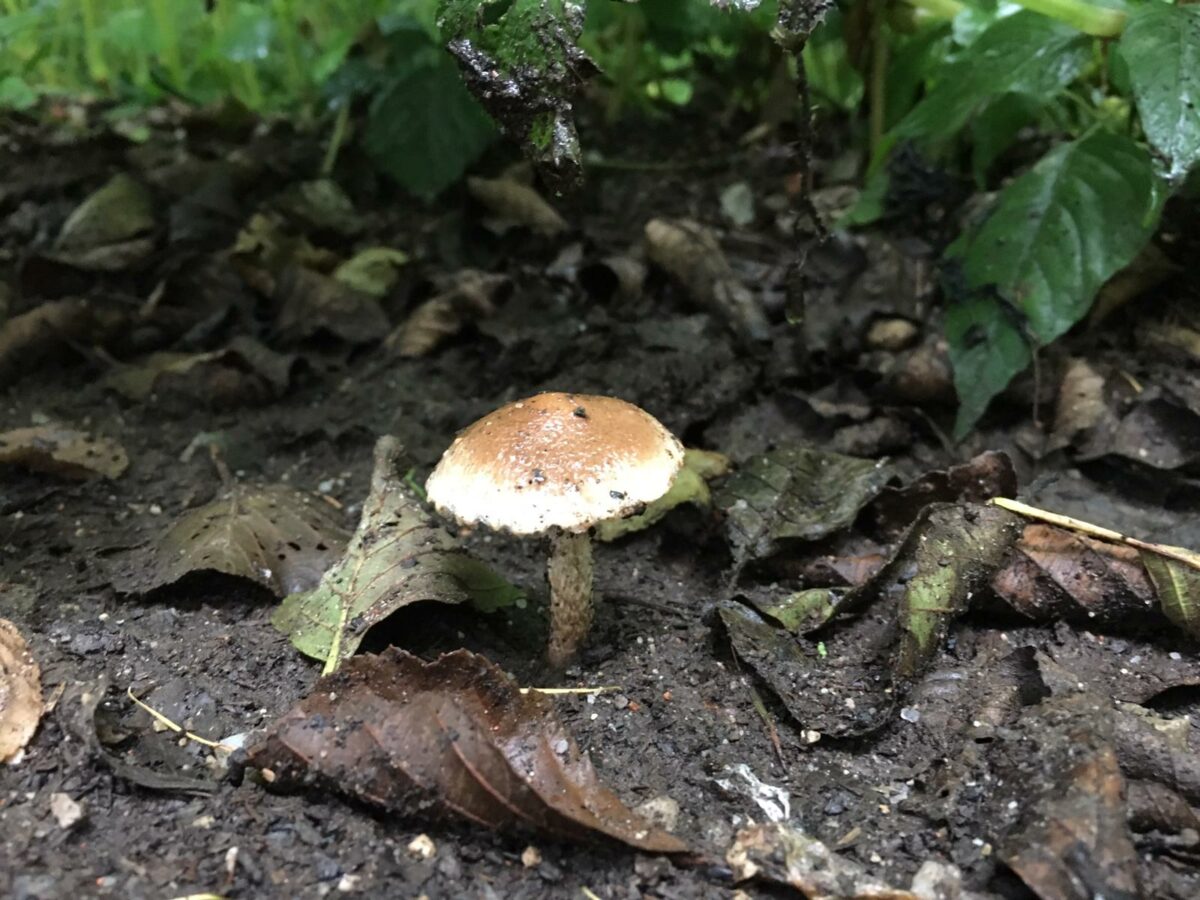
Andrea Wojcik (MCS) used this opportunity to talk to the anthropologist of medicine Rachel E. Prentice (Cornell University). In their conversation, Prentice shares her previous experience as a newspaper reporter. She often had to set up an article within a few hours and had to write about different topics, which facilitated her academic writing. She explains how this kind of journalistic writing helped her in the mastery of words. It helped her to decrease the space between an existing idea in her head and the text on paper. Another aspect that facilitates her writing process are diagrams, which help her to illustrate and clarify certain connections. Prentice also reveals that she has a rather non-ritualistic approach to writing, which allows her to write parts of academic articles at places like the Toronto airport.
In another interview of the Writing Life series, it becomes apparent that Anna Harris (MCS) and her interviewee Janelle Taylor (University of Toronto) have certain things in common. They share their passion for knitting, which for the anthropologist Taylor has many parallels with writing. She explains how both activities are aimed at crafting something. In both cases, it can happen that the initial idea is being limited by materiality. Working around these limitations often requires skill and creativity. Taylor also explains how working with different yarns is similar to piecing together different textual elements which, after some rounds of tweaking, go nicely together as coherent text(ure). In this sense, writing is also comparable to beachcombing since it consists of collecting interesting material, tinkering around and eventually compiling one connected piece. Taylor emphasizes in the interview that it is important for her to experience joy in the pieces she reads and she hopes that if she experiences joy in writing, this feeling is also translated to the reader.
Another interviewer of the Writing Life series was Carla Greubel (MCS), who spoke to Tom Rice (University of Exeter), who describes himself as acoustemologist. Based on his experience in creating BBC radio programs and writing academic articles, he draws a comparison between sound editing and writing. For him, it is key in both activities to not only present individual voices but to translate the general atmosphere of a certain place. This aspect links to his podcast in which he compares the sonic atmospheres of Delhi with the sounds of rainforest, both including dense and busy elements. When being asked what he considers to be a healthy sonic environment for writing, Rice explains that, just like food, it is important for him to have a varied sound diet. He therefore changes between silence, places where he can sense the busyness around him or moving songs that help him to give a certain feeling to the text.
In contrast to the previous examples, Sally Wyatt (MCS) experienced the Writing Life series as an interviewee. In the interview that was conducted by her previous PhD student at Maastricht University Claudia Egher , she gave insights into her personal writing and editing experiences. When writing collaboratively with others, Wyatt appreciates a similar approach to writing, which can include a certain pride of one’s own work but not possessiveness with words. She explains that, in some cases, collaborative writing includes strict rules. For example, if one section is deleted is remains like that and is not pasted back. Speaking of pasting, Wyatt also shares her experiences of the times when she had a typed manuscript in front of her and literately cut certain sections and pasted them somewhere else to reorder paragraphs. Next to her writing life, Wyatt has also vast experience in editing. She explains how editing other scholars’ work helps to identify various possibilities of variations and helps to identify aspects that need improvement, also in one’s own work. Therefore, she would recommend academic writers to also take up editing tasks. Although not on the picture of her working space, Wyatt mentioned that if she were an object in her writing environment, she would probably be her cup of coffee that facilitates her writing.
These four conversations together with other interviews from scholars such as Patrick Mbullo (Northwestern University) and Adia Benton (Northwestern University), and Michelle Charette (York University) and Robert Desjarlais (Paris Institute of Advanced Studies) make the first instalment of the Writing Life series. They illustrate the similarities between writing and other activities such as knitting, beachcombing, or sound editing. These conversations also show the diversity of writing habits among experienced scholars. Most importantly, all of the interviews give insights into how writing is a form of making, a craft that can be performed and practised. More insights on this craft will be shared in the second instalment of the Writing Life series, the editors are welcoming suggestions for pieces.


